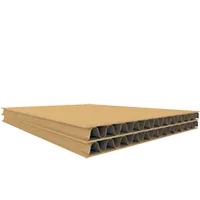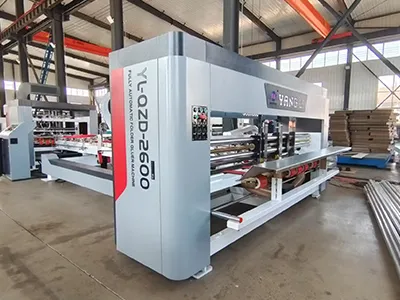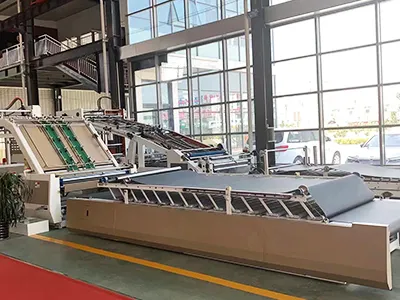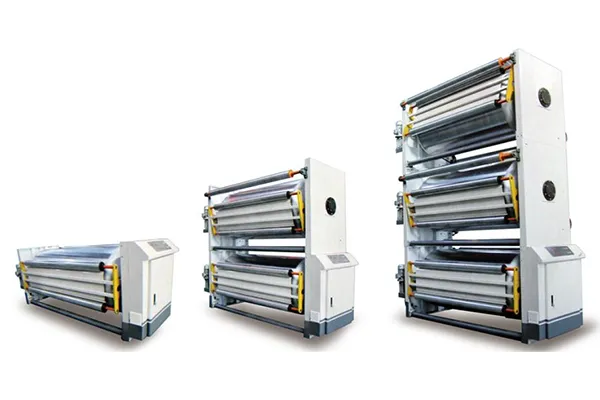
Individual Machines for Corrugated Cardboard Production
Pre-Heater Machine
The pre-heater machine is built to ensure precise and uniform heating of base paper, with multiple roll sizes and configurations available to meet diverse production requirements.
Features
- Roll Options
Pre-heating roll diameters available in Ø600 mm, Ø800 mm, Ø900 mm, and Ø1100 mm (optional) - Effective Width
Supports widths ranging from 1400–2200 mm - Adjustable Wrapping Angle
Electric adjustment from 60°–270° for flexible heating control - Durable Roll Surface
Precision-ground and hard chrome plated for a smooth, long-lasting finish - Uniform Heating
Butterfly head or flat-end roll designs ensure even heating across the paper surface - Flexible Configuration
Available in single-layer or multi-layer setups to suit different production needs
Request a Quote
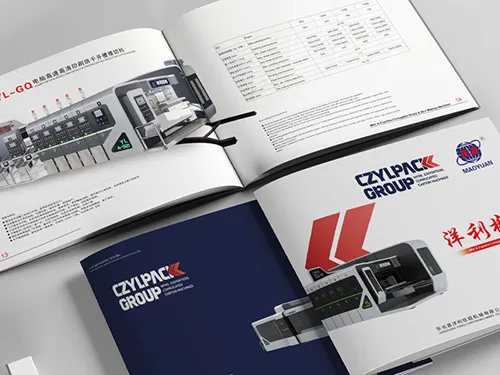
Our Products
Corrugated Cardboard Converting & Carton Box Making Machines
What heating methods are available for corrugated board production lines?
What heating methods are available for corrugated board production lines?
Corrugated production lines generally use electric heating, steam heating, liquefied gas heating, or thermal oil heating.
Which corrugated board production line is suitable for food and beverage packaging?
Which corrugated board production line is suitable for food and beverage packaging?
Food and beverage packaging requires corrugated board with moisture resistance and eco-friendly features. A 3-layer or 5-layer corrugated board is usually sufficient, with production speeds of 120–250 m/min.
Which corrugated board production line is best for electronic product packaging?
Which corrugated board production line is best for electronic product packaging?
Electronic products require strong protection during transportation to prevent physical damage. A 3-layer or 5-layer corrugated board with E-flute is commonly used to balance strength and cost efficiency.
What type of corrugated production line is suitable for large household appliances?
What type of corrugated production line is suitable for large household appliances?
Large appliances such as refrigerators and washing machines require packaging with high compression strength and shock resistance. A 7-layer corrugated board is typically recommended for this application.
Which corrugated production line is best for lightweight express carton manufacturers?
Which corrugated production line is best for lightweight express carton manufacturers?
For lightweight express packaging, a 3-layer corrugated board production line is most suitable. It provides short changeover times, low energy consumption, reduced material usage, and high production speeds of 120–250 m/min, supporting large-volume orders.





